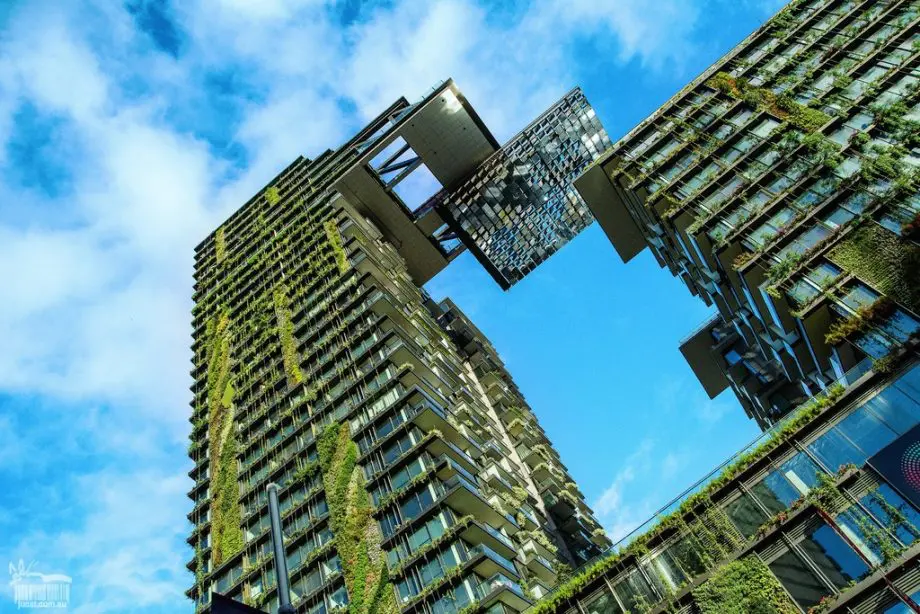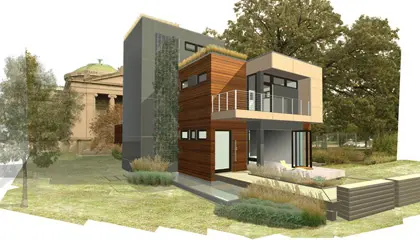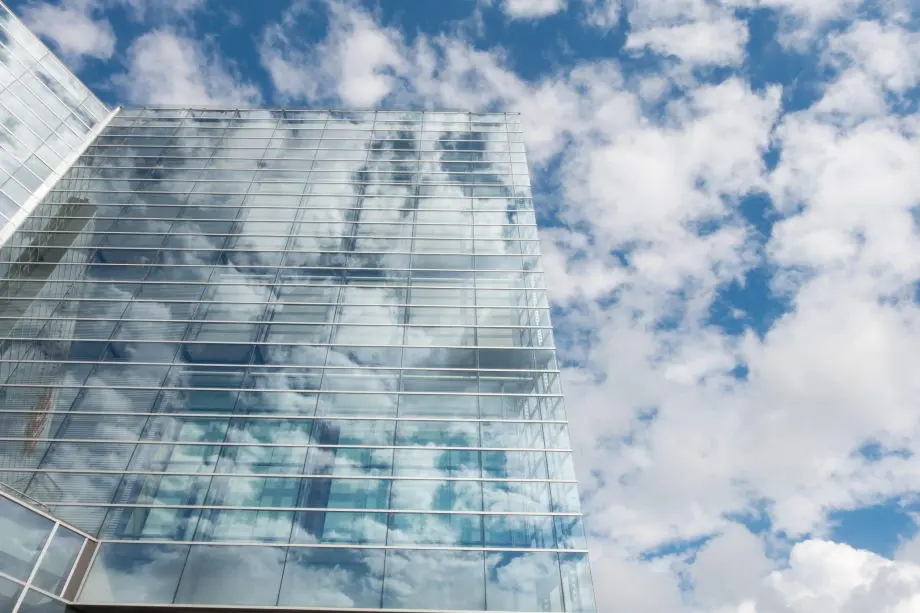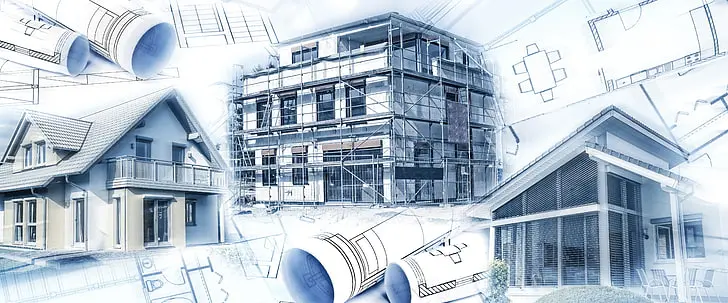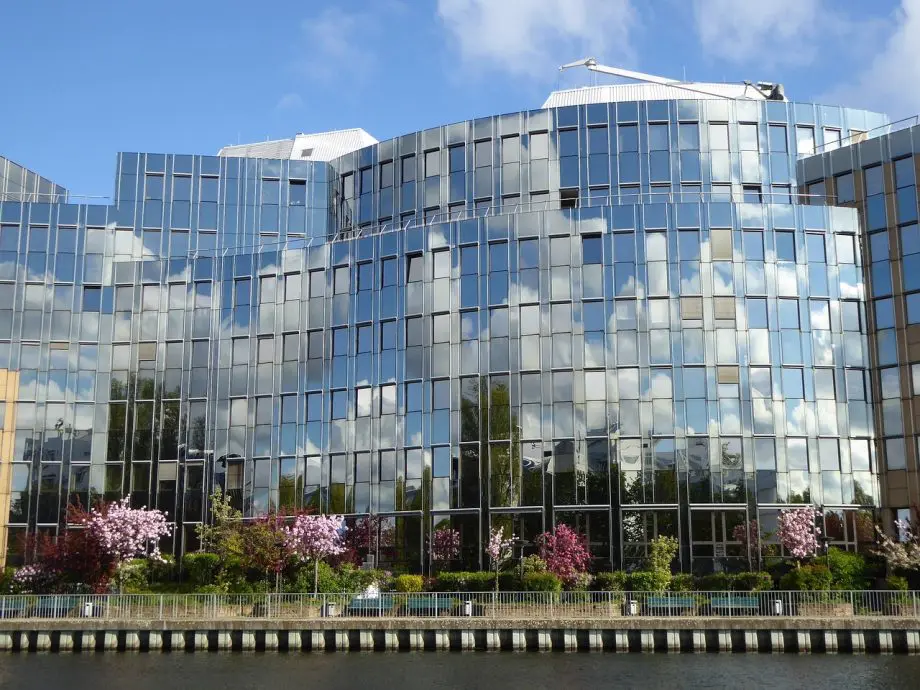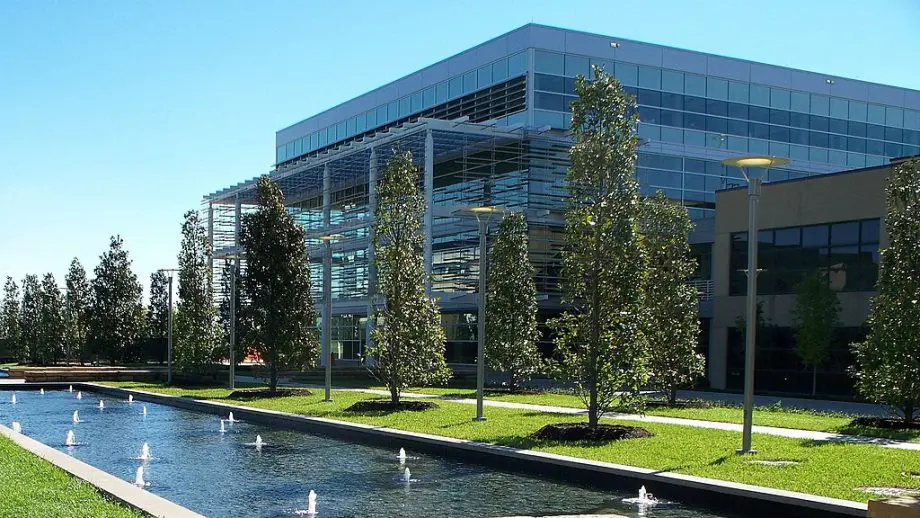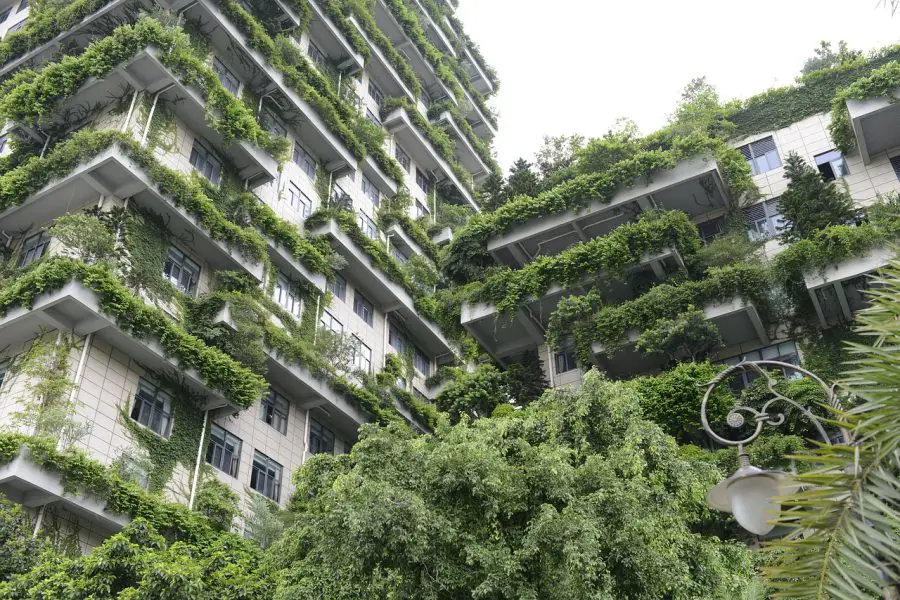
Get a grasp on understanding green building with our comprehensive guide. Explore benefits, challenges, and the future of sustainable construction.
Ever wondered what all the buzz about understanding green building is? Well, you’re in the right place!
It’s more than just a trend or a catchy phrase. And it’s not about a building’s color (although it may be green).
It’s a movement towards sustainable construction that’s shaping our world, one building at a time.
So, let’s dive in and explore what green building is all about, and why it’s so crucial in our contemporary world.
Understanding Green Building
Welcome to our deep dive into understanding green building. This isn’t just about bricks and mortar, it’s about a revolution in how we think about our built environment.
We’ll be exploring everything from the core concepts of green building, to its key elements, benefits, and even the challenges faced in the field.
We’ll also delve into real-world examples and tackle some of your burning questions.
So, sit back, relax, and let’s embark on this journey of understanding the world of green building together!
Definition of Green Building
Let’s start at the beginning, shall we? When we talk about Green Building, what exactly do we mean?
Well, in simple terms, a green building is a structure that is environmentally responsible and resource-efficient throughout its life cycle.
This means from planning to design, construction, operation, maintenance, renovation, and even demolition, every stage is carried out in a way that minimizes the building’s impact on the environment and the people who inhabit it.
It’s all about creating structures that are not only safe and comfortable but also in harmony with nature.
Wikipedia defines green building as: Green building (also known as green construction or sustainable building) refers to both a structure and the application of processes that are environmentally responsible and resource-efficient throughout a building’s life-cycle: from planning to design, construction, operation, maintenance, renovation, and demolition
Importance of Green Building
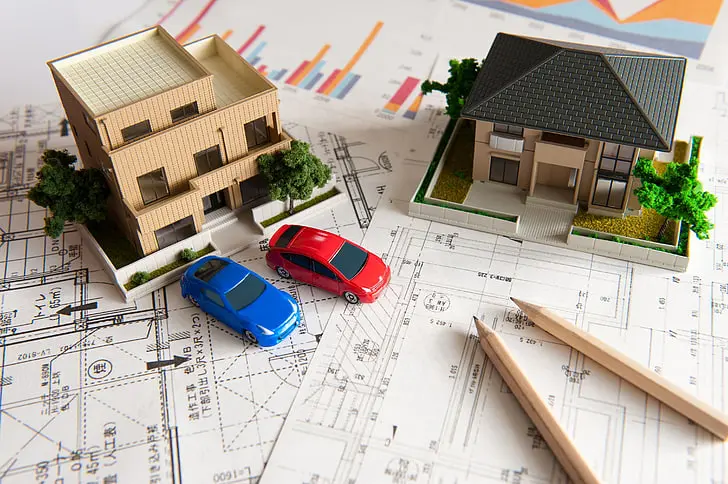
Now, you might be wondering, why is all this so important? Why should we care about green building?
The answer is quite straightforward. Our buildings have a significant impact on the world around us.
They use up resources, generate waste, and can contribute to environmental harm.
However, green buildings flip this script.
They aim to reduce or eliminate negative impacts through efficient usage of resources like energy and water, and handling waste more responsibly.
But it’s not just about the environment. Green buildings also create healthier environments for people to live and work in.
They can even save money in the long run through reduced utility costs. So, it’s a win-win situation for us and our planet!
Understanding the Concept of Green Building
Ready to dive deeper? Now that we’ve covered the basics, let’s delve into the heart of the matter the concept of green building.
It’s not just about using a few eco-friendly materials here and there. No, it’s much more comprehensive than that.
Understanding green building involves looking at the whole life cycle of a building and finding ways to minimize its environmental footprint at every stage.
So, let’s roll up our sleeves and get into the nitty-gritty of this fascinating concept.
Holistic Approach to Green Building
When we talk about taking a holistic approach to green building, we’re really talking about seeing the bigger picture.
It’s not just about one aspect of the building, like energy efficiency or using recycled materials (though those are important!).
Instead, it’s about considering all aspects of the building from its design and construction, right through to its operation and eventual demolition.
It’s about thinking how each part of the building interacts with the others and the environment.
It’s like a giant jigsaw puzzle where every piece needs to fit together perfectly to create a sustainable, efficient, and healthy building.
Effects of Green Building on the Environment and Inhabitants
Now, let’s talk about the effects of green building. On the environmental side, green buildings aim to reduce waste, pollution, and degradation of the environment.
They do this through the efficient use of resources, the use of sustainable or recycled materials, and minimizing harmful emissions.
But it’s not just the environment that benefits.
For the inhabitants, green buildings can offer improved air quality, optimal natural light, and better temperature regulation, all of which can lead to better health and well-being.
Plus, they can also offer financial benefits in the form of reduced energy and water bills.
So, it’s a win for the environment, a win for the people living or working in the building, and a win for the wallet!
The Life Cycle of a Green Building
The life cycle of a green building is another key concept to understand.
It starts with the planning and design stage, where considerations about the site, materials, energy efficiency, and more come into play.
Then comes the construction phase, where these plans are put into action using sustainable practices.
Once the building is up and running, the focus shifts to efficient operation and maintenance, ensuring the building continues to perform optimally.
Finally, when the building has served its purpose, it’s about ensuring that any demolition or deconstruction happens in a way that minimizes waste and environmental impact.
It’s a cycle that keeps sustainability at its core, every step of the way.
Key Elements of Green Building
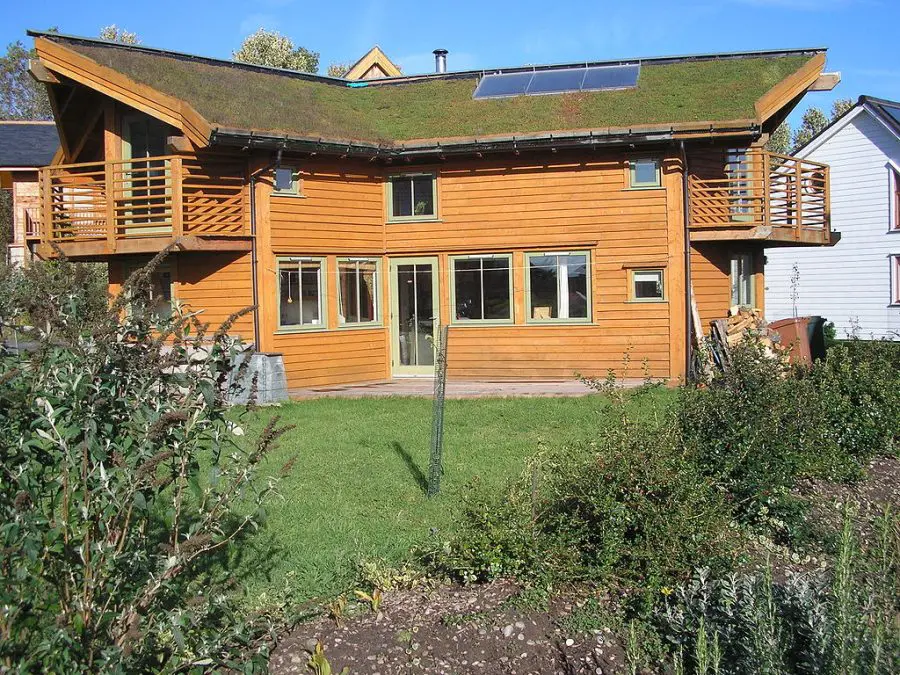
Alright, we’ve covered the basics and dived into the concept of green building.
Now, let’s get to the heart of the matter, the key elements that make a building ‘green’.
These are the nuts and bolts, the building blocks if you will, that come together to create a structure that’s not just good for us, but good for our planet too.
From energy use to material selection, each element plays a crucial role in the overall sustainability of the building.
So, let’s take a closer look at what these key elements are and why they’re so important in the world of green building.
Energy Use
Let’s kick things off with energy use. One of the hallmarks of a green building is its efficient use of energy.
This can be achieved in a variety of ways, such as using energy-efficient appliances and lighting, incorporating renewable energy sources like solar or wind power, and designing the building in a way that takes advantage of natural light and heat.
The goal here is to reduce the building’s overall energy consumption and, where possible, generate its own energy.
This not only reduces the building’s environmental impact but can also result in significant cost savings over time.
Water Use
Next up is water use. Just like with energy, green buildings aim to use water as efficiently as possible.
This can involve using water-saving fixtures, collecting and using rainwater, and recycling greywater (that’s the water from sinks, showers, and washing machines) for uses like flushing toilets or watering gardens.
By reducing water use and reusing water where possible, green buildings help conserve this precious resource and reduce the strain on municipal water supplies.
Indoor Environmental Quality
Now, let’s talk about indoor environmental quality. This is all about creating a healthy, comfortable environment for the people inside the building.
It involves things like ensuring good ventilation to provide fresh air and reduce pollutants, using materials that don’t emit harmful chemicals, and designing the building to maximize natural light.
A good indoor environment can improve the health and well-being of the building’s occupants, and even boost productivity in a workplace.
Material Selection
Material selection is another key element of green building. This involves choosing materials that are sustainable, recycled, or locally sourced.
It’s not just about the materials themselves, but also about how they’re produced and transported.
By choosing sustainable materials, green buildings can reduce their environmental impact and even improve their performance.
For example, using insulation made from recycled materials can help improve a building’s energy efficiency.
Building’s Effects on its Site
Last but not least, we have the building’s effects on its site. This is about considering how the building interacts with its surrounding environment.
It involves things like minimizing disruption to the local ecosystem during construction, designing the building to fit in with the local climate and landscape, and considering the building’s impact on local water and energy supplies.
By considering the building’s effects on its site, green buildings can help to preserve local ecosystems and ensure they’re a good fit for their surroundings.
Benefits of Green Building
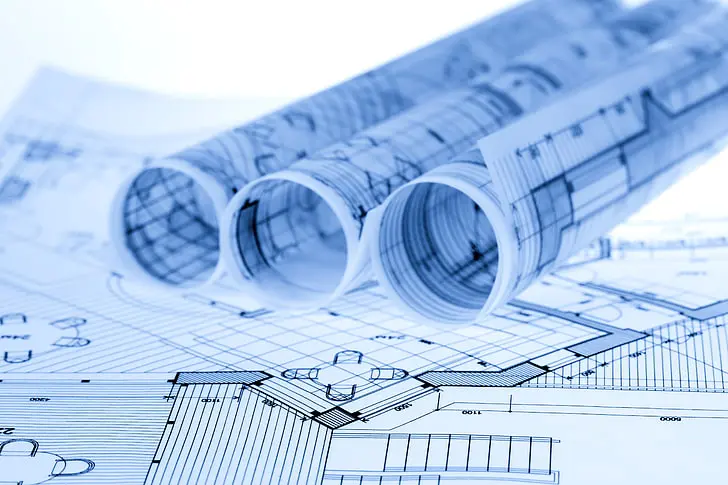
Now that we’ve explored the key elements of green building, let’s shift our focus to the benefits. And trust me, there are plenty!
Green buildings aren’t just good for the environment, they’re also great for the people who live and work in them, and even for the wider economy.
From cost savings to improved health, the benefits of green building are wide-ranging and significant.
So, let’s dive in and take a closer look at why green building is not just a good choice, but a smart one too!
Cost-effectiveness
First up, let’s talk about cost-effectiveness. While green buildings might have higher upfront costs, they can actually save money in the long run.
Think lower energy and water bills, reduced maintenance costs, and even potential tax benefits.
Plus, as energy and water prices continue to rise, those savings are only going to get bigger.
So, while your wallet might feel a bit lighter at the start, it’ll thank you in the long run!
Enhanced Health
Next, we have enhanced health. Green buildings are designed to be healthier places to live and work.
They have better ventilation, use materials that don’t emit harmful chemicals, and are designed to maximize natural light all of which can lead to healthier occupants.
This can mean fewer sick days, better productivity, and even improved mental health.
Higher Efficiency
Higher efficiency is another major benefit of green buildings. They’re designed to use resources like energy and water as efficiently as possible.
This means less waste and lower utility bills. Plus, many green buildings generate their own energy through renewable sources, adding to their efficiency.
Enhanced Environment
Green buildings also lead to an enhanced environment. By reducing waste and pollution, they help to protect our environment.
They also contribute to biodiversity, for example through green roofs or rain gardens.
This means they’re not just less harmful to the environment, they can actually have a positive impact.
Increased Market Value
Increased market value is another benefit of green buildings. As more and more people recognize the benefits of green building, demand for these types of properties is growing.
This can lead to higher property values and make them easier to sell or rent.
Conservation of Water
Conservation of water is a key benefit of green buildings. They use water-saving fixtures, collect and use rainwater, and recycle greywater.
This not only reduces water use but also eases the strain on municipal water supplies.
Psychologically Optimized Environment
Green buildings also create a psychologically optimized environment.
Natural light, good air quality, and comfortable temperatures all contribute to a better living and working environment.
This can lead to improved well-being, productivity, and even creativity.
Preservation of the Natural World
Finally, green buildings contribute to the preservation of the natural world.
By using sustainable materials, reducing waste, and minimizing disruption to local ecosystems, they help to preserve our natural resources for future generations.
It’s about building in harmony with nature, rather than against it.
Challenges of Green Building
While the benefits of green building are clear, it’s not all smooth sailing.
Like any worthwhile endeavor, green building comes with its own set of challenges.
From higher upfront costs to finding the right materials, there are hurdles that need to be overcome.
But don’t worry, none of these challenges are insurmountable, and the benefits far outweigh the difficulties.
So, let’s take a closer look at some of the challenges faced in green building, and how they can be addressed.
High Starting Expenditure
First on the list is high starting expenditure. It’s true, green buildings can have higher upfront costs.
This is due to the use of specialized materials and technologies, as well as the need for expert knowledge in green building design and construction.
However, it’s important to remember that these costs are often offset by long-term savings in energy and water bills, not to mention the health and environmental benefits.
Choosing the Correct Material
Next, we have choosing the correct material. With so many different materials out there, each with its own environmental impact and performance characteristics, choosing the right ones can be a challenge.
It requires a good understanding of the properties of each material, as well as how it fits into the overall design of the building. This is where expert advice can be invaluable.
Longer to Construct
Longer to construct is another challenge. Green buildings often take longer to construct than traditional buildings.
This is due to the use of specialized materials and construction techniques, as well as the need for careful planning and coordination to ensure all the elements of the building work together effectively.
However, this extra time can be seen as an investment in a building that will be more sustainable, comfortable, and cost-effective in the long run.
Inability to Control Air Temperature
The inability to control air temperature can also be a challenge in green buildings.
Many green buildings rely on natural ventilation and passive cooling techniques, which can sometimes lead to less control over indoor temperatures.
However, with careful design and the use of modern technologies, it’s possible to achieve a comfortable indoor environment while still minimizing energy use.
Location
Location is another important factor. Not all locations are equally suitable for green building.
Factors like climate, availability of resources, and local building regulations all need to be taken into account.
However, with careful planning and design, it’s possible to build green buildings in a wide range of locations.
Inability to Find Expert Employees
Finally, the inability to find expert employees can be a challenge.
Green building is a specialized field, and finding employees with the necessary skills and knowledge can be difficult.
However, as the demand for green building grows, so too does the number of professionals with expertise in this area.
Plus, there are plenty of resources available for training and education in green building techniques.
Case Study: Green Building in Practice
Alright, we’ve talked a lot about the theory of green building, but what does it look like in practice?
Well, there’s no better way to understand that than through a case study.
By looking at a real-world example of a green building, we can see how all the principles, elements, benefits, and challenges we’ve discussed come together in a tangible way.
So, let’s dive into a case study and see green building in action!
Shanghai Tower, Shanghai:

As the second tallest building in the world, the Shanghai Tower is a testament to the fact that green design can be applied to even the largest and most complex structures.
It features a double-skin facade, wind turbines, and a rainwater recycling system, among other sustainable features.
Understanding Green Construction FAQs
By now, you’ve got a pretty solid understanding of green building.
But, like any complex topic, there are always more questions to be answered.
That’s why we’ve compiled a list of frequently asked questions about green building.
From the basics to the specifics, we’ve got you covered. So, let’s dive into these FAQs and clear up any lingering questions you might have about green building!
Q. What is a green building?
A. A green building, also known as a sustainable building, is a structure that is designed, built, and operated in a way that minimizes its impact on the environment and the health of its occupants.
This is achieved through efficient use of resources like energy and water, use of sustainable or recycled materials, and creation of a healthy indoor environment.
Q. Why is green building important?
A. Green building is important because buildings have a significant impact on the environment, accounting for a large portion of global energy use and greenhouse gas emissions.
By making buildings more sustainable, we can reduce this impact and help to mitigate climate change.
Additionally, green buildings are healthier and more comfortable for occupants and can offer cost savings over the long term.
Q. What are the benefits of green building?
A. The benefits of green building are numerous.
They include environmental benefits like reduced energy use and lower greenhouse gas emissions, health benefits like improved air quality and more natural light, and economic benefits like lower operating costs and higher property values.
Green buildings can also contribute to social goals like job creation and improved quality of life.
Q. What are the challenges of green building?
A. While the benefits of green building are significant, there are also challenges to be overcome.
These include higher upfront costs, the need for specialized knowledge and materials, and the fact that green buildings can take longer to construct.
However, these challenges can be addressed through careful planning, use of the right technologies, and education and training.
Q. How is green building implemented in practice?
A. Green building is implemented in practice through a combination of sustainable design principles, the use of green building materials and technologies, and adherence to green building standards and certifications.
This can involve everything from the orientation of the building to maximize natural light, to the installation of energy-efficient appliances, to the use of rainwater harvesting systems.
The specifics will depend on the individual building and its context.
Sustainable Building Conclusion

We’ve covered a lot of ground in our exploration of green building, haven’t we?
From understanding the concept and key elements to diving into the benefits, challenges, and real-world examples, we’ve taken a comprehensive look at this crucial topic.
But now, it’s time to wrap things up. In our conclusion, we’ll recap the main points we’ve discussed and share some final thoughts on the importance of green building.
So, let’s bring it all together and see what we’ve learned!
Understanding Green Construction Recap
In our journey to understand green building, we started with the basics, defining what a green building is and why it’s important.
We learned that green buildings are structures designed with a holistic approach, considering their impact on the environment and inhabitants throughout their life cycle.
We then delved into the key elements of green building, including energy use, water use, indoor environmental quality, material selection, and the building’s effects on its site.
We also explored the numerous benefits of green building, from cost-effectiveness and enhanced health to higher efficiency and preservation of the natural world.
However, we also acknowledged the challenges that come with green building, such as high starting expenditure and the need for expert knowledge.
Through a case study, we saw how these principles and elements come together in practice.
Understanding Green Building Final Thoughts
As we conclude, it’s clear that understanding green building is not just about knowing the concept, but about appreciating its potential to transform our built environment for the better.
Despite the challenges, the benefits of green building make it a worthwhile investment for our future.
As we continue to face environmental challenges, the principles of green building offer a path towards more sustainable, healthier, and efficient buildings.
Whether you’re a builder, a homeowner, or simply someone interested in sustainability, we hope this exploration of green building has been enlightening and inspiring.

